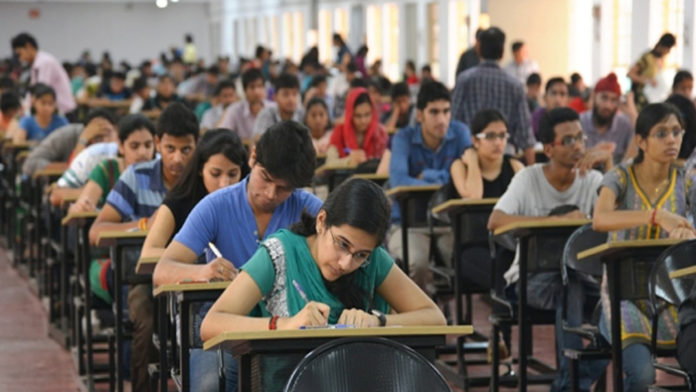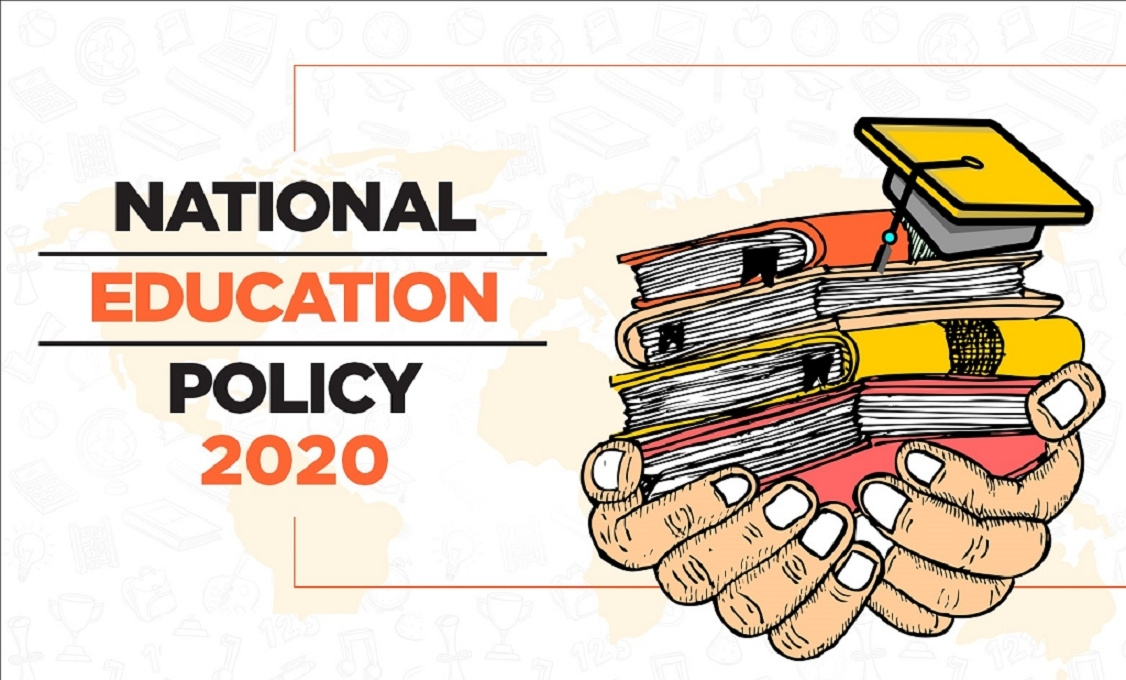When the National Education Policy 2020 landed like a promise—multidisciplinary universities, seamless credit transfers, multiple entry-exit, lifelong learning, Indian languages on centre stage—it felt like a long overdue reimagining of an ossified system.
As someone who teaches, writes about education policy too, and sits with students across campuses, I see both vision and vertigo. Five years on, the promise remains real but so do the frictions: in admissions, classrooms, faculty rooms and principal’s offices. The data tell an uneven story—gains in enrolment, but enormous implementation gaps that threaten equity, academic quality and faculty wellbeing.
To begin with,
The government’s All India Survey on Higher Education (AISHE) shows total enrolment moving to roughly 4.33 crore (43.3 million) in 2021–22, up from earlier years. Standalone institutions rose to 58,643 in 2021–22 from about 49,964 in 2017–18. These shifts are real, and they are the raw material of policy success. The Ministry has used these numbers to signal progress, and on paper, that progress looks substantial.

Yet aggregate growth masks the core problems NEP promises to fix.
The Gross Enrolment Ratio has inched to 28.4% in 2021-22 from 27.3% in 2020-21. To meet NEP’s ambitious target of 50% by 2035, we need an annual growth rate of approximately 4.7%. We’re currently averaging 1.5-2% annually. The math is unforgiving: at this pace, we won’t get anywhere close.
More troubling is what the numbers hide. GER remains uneven across states, disciplines and social groups. High-performing states achieved enrollment rates exceeding 95% by 2024, whereas lagging states like Bihar, Jharkhand, Uttar Pradesh, Madhya Pradesh, Rajasthan, and West Bengal have GERs ranging from 16.0% to 28.7%. Secondary-school retention rates and the flow into higher education are weak in many geographies, which means GER targets require far more than tinkering at the margins.
Put plainly: counting more students into more institutions is not the same as making a transferrable, interdisciplinary degree meaningful or making graduates employable.
And,
One of NEP’s most radical operational changes is multiple entry and exit (MEE) and credit-based degrees. In principle, MEE should reduce dropouts and enable lifelong learners. The UGC and the Ministry issued frameworks and guidelines to let students exit with certificates, diplomas or degrees depending on credits achieved. But rules are one thing; implementation is another.
Colleges report administrative chaos: how to map credits across institutions, how long a certificate remains valid for further study, and how employers will interpret mid-course exits. According to figures released in Parliament, the dropout rate in IITs was just 1% in 2020. But with the implementation of MEE, this is likely to rise sharply—not because of academic failure, but because we’re legitimizing exits without ensuring re-entry pathways actually work.
The panel expressed concerns that implementing the MEE system in Indian institutions, while flexible in theory, may not align effectively due to unpredictability in student entry and exits. This unpredictability could disrupt the pupil-teacher ratio.
How do you plan faculty recruitment when you don’t know how many students you’ll have next semester?
How do you allocate resources when your enrollment numbers fluctuate wildly?
Faculty find themselves rewriting curricula into credit blocks—often without staffing, training, or systems to manage transfer and recognition. Admissions cycles also shifted unpredictably. Several universities experimented with blended admission windows, common entrance tests or college-level timing changes to accommodate new curricular structures.
The result: delayed academic calendars and students who started programs late, only to face compressed semesters.
Delays, in turn, ripple into internships and placements—many B-schools and firms still expect fixed internship months, and uncertainty pushes students to choose the safer, older routes. A reform that should increase choice is paradoxically shrinking practical opportunities for students during a fragile transition.
Less than 1% of colleges are registered with the Academic Bank of Credits as of 2024, indicating massive implementation lag. This isn’t just a technical glitch—it’s a fundamental failure to create the infrastructure that makes credit portability possible.
Faculty Under Strain—More Expectations, Fewer Resources
NEP asks more of faculty: design interdisciplinary courses, evaluate competency and projects, supervise credit banking and mentor lifelong learners. But staffing numbers and training budgets haven’t kept pace.
Consider the brutal arithmetic: according to a National Council for Teacher Education survey from 2022, only 45% of teachers feel confident in implementing NEP-aligned teaching methodologies. We’re asking more than half of our teaching workforce to execute a policy they don’t feel equipped to handle.
Teacher shortages persist; classrooms are swelling while the policy expects small-group project work. Faculty unions and teacher associations—for instance at large public universities—have sounded alarms, citing overcrowded classes, increased paperwork, lack of recruitment and inadequate funding to run the new structures. The protests are not just about pay: they are about the professionalism required to teach differently.
In a plaintive email last week, a colleague described weekends spent unraveling credit calculations for students—time taken away from research and pedagogy. “I came into teaching to mentor young minds,” she wrote, “not to be a glorified accountant for a credit system nobody fully understands.”
The shift to a multidisciplinary approach and the emphasis on innovative pedagogies require existing faculty members to undergo significant re-training and professional development. However, studies underscore that the shortage of skilled teachers, inadequate finance allocated to the education sector and inadequate infrastructure pose significant challenges to the successful implementation of the policy.




 Dr. Jaimine Vaishnav is a faculty of geopolitics and world economy and other liberal arts subjects, a researcher with publications in SCI and ABDC journals, and an author of 6 books specializing in informal economies, mass media, and street entrepreneurship. With over a decade of experience as an academic and options trader, he is keen on bridging the grassroots business practices with global economic thought. His work emphasizes resilience, innovation, and human action in everyday human life. He can be contacted on jaiminism@hotmail.co.in for further communication.
Dr. Jaimine Vaishnav is a faculty of geopolitics and world economy and other liberal arts subjects, a researcher with publications in SCI and ABDC journals, and an author of 6 books specializing in informal economies, mass media, and street entrepreneurship. With over a decade of experience as an academic and options trader, he is keen on bridging the grassroots business practices with global economic thought. His work emphasizes resilience, innovation, and human action in everyday human life. He can be contacted on jaiminism@hotmail.co.in for further communication.